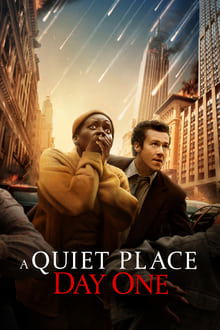📰 ARTICLE: Demystifying Movie Ratings 🎥: A Common Man's Guide to Understanding MPA in USA 🇺🇸 and BBFC in UK 🇬🇧
-
Similar Content
-
- 0 replies
- 77 views
-
- 0 comments
- 155 views
-
- 3 answers
- 154 views
-
- 0 answers
- 71 views
-
- 0 replies
- 143 views
-
- 0 comments
- 111 views
-
- 1 comment
- 134 views
-
- 2 answers
- 134 views
-
- 2 answers
- 118 views
-
📰 ARTICLE: Exploring Movie Ratings and Censorship Practices Worldwide: A Comprehensive Overview 🗺️ 🎥
By ADMINISTRATOR,
- 0 replies
- 84 views
-
-
Now Playing
-
 Furiosa: A Mad Max Saga
Furiosa: A Mad Max Saga -
 Civil War
Civil War -
 Bad Boys: Ride or Die
Bad Boys: Ride or Die -
 Akademia Pana Kleksa
Akademia Pana Kleksa -
 Les Infaillibles
Les Infaillibles -
 A Quiet Place: Day One
A Quiet Place: Day One -
 No Time to Spy: A Loud House Movie
No Time to Spy: A Loud House Movie -
 Sous la Seine
Sous la Seine -
 劇場版ハイキュー!! ゴミ捨て場の決戦
劇場版ハイキュー!! ゴミ捨て場の決戦 -
 Inside Out 2
Inside Out 2 -
 A Family Affair
A Family Affair -
 Tarot
Tarot -
 Wild Eyed and Wicked
Wild Eyed and Wicked -
 Despicable Me 4
Despicable Me 4 -
 IF
IF -
 Ultraman: Rising
Ultraman: Rising -
 The Watchers
The Watchers -
 Håndtering av udøde
Håndtering av udøde
-



Recommended Posts
Join the conversation
You can post now and register later. If you have an account, sign in now to post with your account.
Note: Your post will require moderator approval before it will be visible.